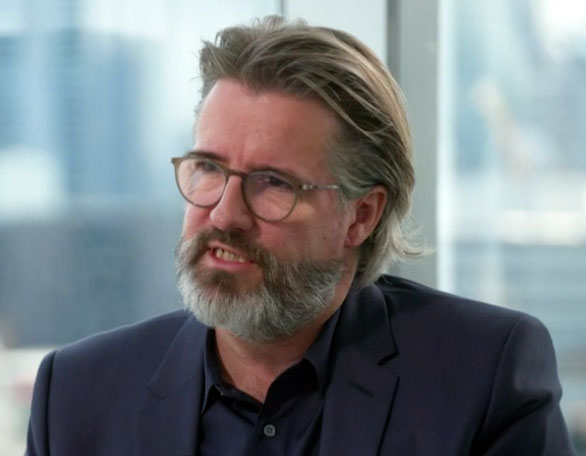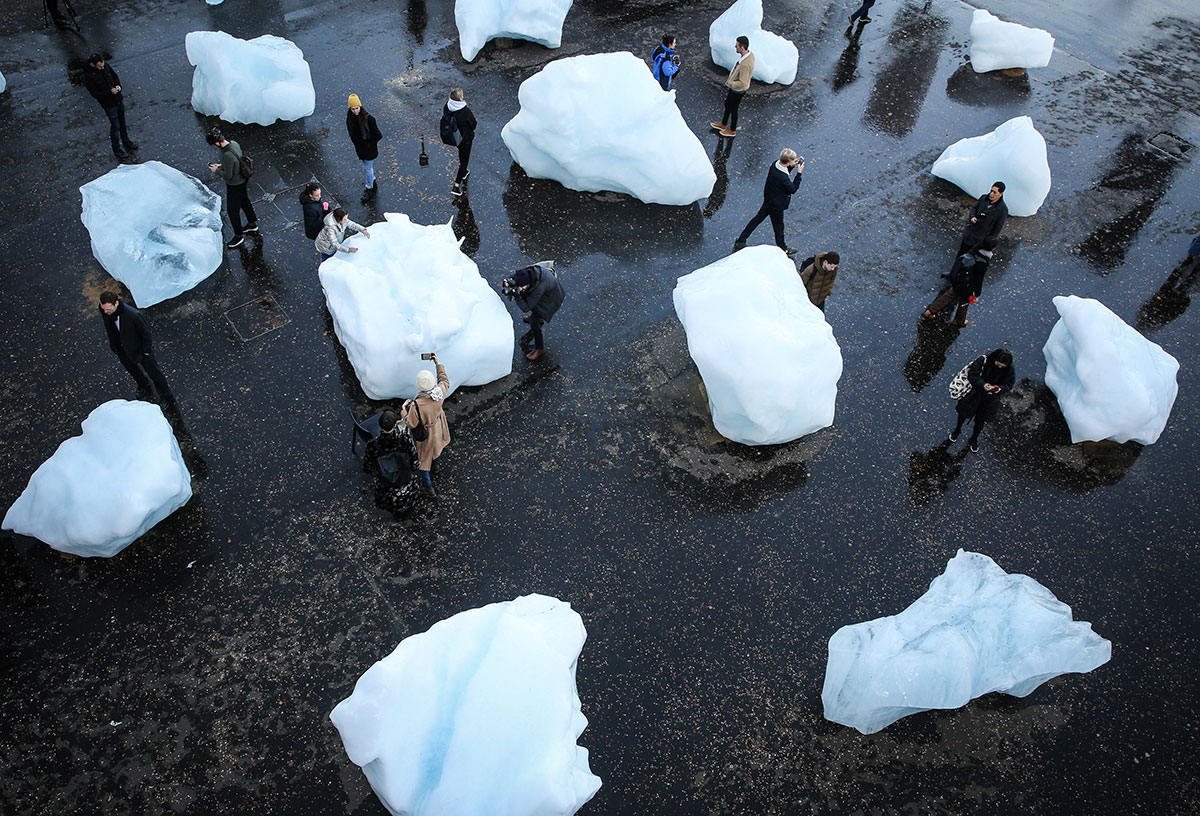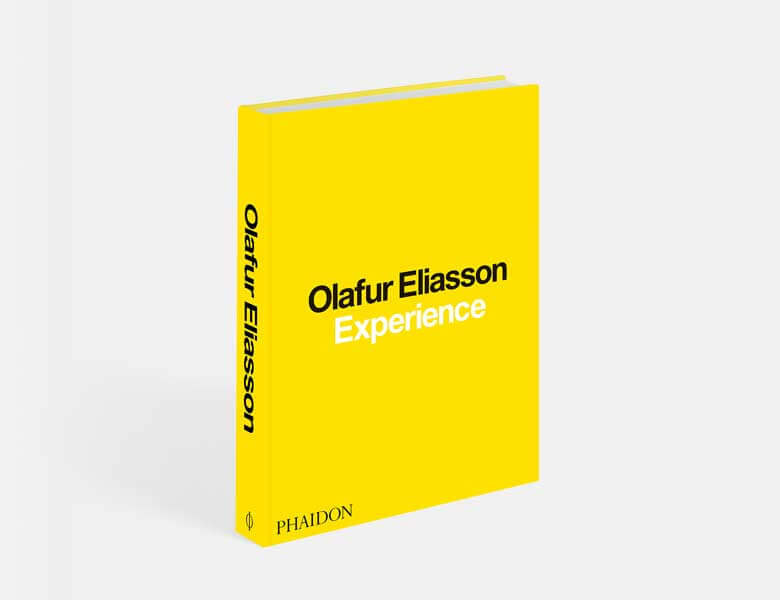
How Olafur Eliasson's 'hedonistic' dad helped his art
The artist says sailing as a kid with his father helped him find a crucial link between art and nature
Olafur Eliasson’s father, Elias Hjörleifsson, was just nineteen when his son was born. The relationship with Eliasson’s mother didn’t last, the parents split up, and, as a child Olafur spent term-time with his mother in Denmark and enjoyed summers with his father in Iceland.
Each parent had their strengths, Eliasson told the BBC’s Zeinab Badawi recently, during an interview, conducted at the Tate Modern gallery in London, where the artist’s retrospective is currently on show. Eliasson’s mum focussed on school grades, while Eliasson’s dad was, the artist says, “a more hedonistic” influence in the mix.
Hjörleifsson was an amateur artist and also worked as a cook on a fishing trawler. In fact, as Eliasson reveals in this new interview, his father found a way to combine art and seafaring.
Station to Station: OLAFUR ELIASSON connecting cross country with a line from Station to Station on Vimeo.
“We would put a ball with ink on it, on a piece of paper,” Eliasson explains, “what we saw was how the ocean was using the ship as a pen.” Eliasson has since gone on to use this technique repeatedly, adapting it to suit train travel, in 2013, for Doug Aiken’s railway based art happening, Station to Station.
The works were a simple way to link culture and nature, which remains a recurrent theme in Eliasson's work.
"I’m old enough to remember when we made a distinction between culture and nature,” he says. “Now we know that nature isn’t just something out there. Nature has been taken over by humankind."

In explaining the thinking behind his Moss Wall – a wall of spongy reindeer moss which Eliasson first created back in 1994, and which features in the current Tate show and in Experience – the artist suggests we should look towards natural phenomenon when coming up with solutions to man-made problems. “Maybe ecology has the answer?” he says.
Of course, perhaps the most pressing problem mankind faces is climate change, and, while Eliasson doesn’t think his art alone can solve this crisis, he still believes it can play a part.
With his more didactic, ecological works, such as Ice Watch, Eliasson says he’s trying to express dry, ecological data. “I make tangible what is going on” he says.
Can works like that change minds, consumption patterns, and government policy? Yes, Eliasson argues. “I think the cultural centre is a place where people say, ‘Oh, I identify with some of that’,” he says. “There’s dance, film, theatre. People might look at a dance performance, and think ‘That’s how I would move if I could; this is me.’”
Curent politics suggest that not everyone thinks this way; yet Eliasson believes that, behind the headlines, “it’s moving in the right direction.”

You can watch the interview here; and for more on Eliasson’s art and outlook buy a copy of Olafur Eliasson: Experience here.